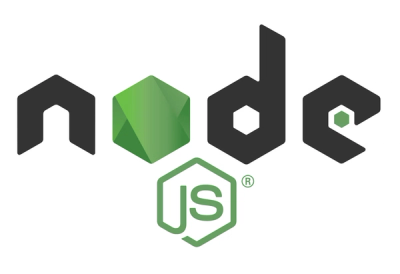
Security News
Django Joins curl in Pushing Back on AI Slop Security Reports
Django has updated its security policies to reject AI-generated vulnerability reports that include fabricated or unverifiable content.
scoped-css-loader
Advanced tools
CSS encapsulation solution for React
In order to solve the problem of css encapsulation, there are two main approaches, css-modules and css-in-js. However, both of them have a very very big problem. The developer experience is not good, by which I mean you often have to write more code than you expect to achieve a simple style. With react-scoped-css, you can just write the normal css you know, while having the advantage of css encapsulation!
Write your css in a file ends with .scoped.css (scss & sass are also supported)
/* Title.scoped.css */
.title {
background: #999;
}
p {
color: #ddd;
}
Import the css file
// Title.jsx
import React from 'react'
import './Title.scoped.css'
const Title = props => {
return (
<h1 className="title">
<p>{props.children}</p>
</h1>
)
}
export default Title
Then, in the html, component with scoped css file imported has a unique data-v-<hash> attribute on the html element tag, and the css selector also has a corresponding hash like selector[data-v-<hash>]. So all the styles in Title.scoped.css are scoped to Title.jsx.
Since create-react-app doesn't allow you to change webpack and babel config. So in this scenario, you have to use craco to override webpack config. Luckily you don't have to do it manually, I created a craco plugin that can do it for you.
Setup craco following this guide
Then, install craco-plugin-scoped-css
yarn add craco-plugin-scoped-css
create a craco.config.js in your project root
module.exports = {
plugins: [
{
plugin: require('craco-plugin-scoped-css'),
},
],
}
You have to add one babel plugin and one webpack loader.
the babel plugin
yarn add babel-plugin-react-scoped-css --dev
and in your babelrc add
"plugins": ["babel-plugin-react-scoped-css"]
also note that you can define your own matching rule like this
"plugins": [
[
"babel-plugin-react-scoped-css",
{
"include": ".local.(sa|sc|c)ss$"
}
]
]
If you have other plugins installed, just add it to the list, order doesn't matter.
Note: this plugin accepts include(RegExp, which defaults to /\.scoped\.(sa|sc|c)ss$/) to config which css file to be identified as scoped.
the webpack loader
yarn add scoped-css-loader --dev
and in your webpack.config.js
{
test: /\.(sc|c|sa)ss$/,
use: [
{
loader: 'style-loader',
},
{
loader: 'css-loader',
options: {
sourceMap: true,
importLoaders: 2,
},
},
// You have to put in after `css-loader` and before any `pre-precessing loader`
{ loader: 'scoped-css-loader' },
{
loader: 'sass-loader',
},
],
},
That's it for the configuration.
Check out simple-scoped-css-example
v1.0.0 (2019-09-05)
FAQs
CSS encapsulation solution for React
The npm package scoped-css-loader receives a total of 3,637 weekly downloads. As such, scoped-css-loader popularity was classified as popular.
We found that scoped-css-loader demonstrated a not healthy version release cadence and project activity because the last version was released a year ago. It has 1 open source maintainer collaborating on the project.
Did you know?

Socket for GitHub automatically highlights issues in each pull request and monitors the health of all your open source dependencies. Discover the contents of your packages and block harmful activity before you install or update your dependencies.

Security News
Django has updated its security policies to reject AI-generated vulnerability reports that include fabricated or unverifiable content.

Security News
ECMAScript 2025 introduces Iterator Helpers, Set methods, JSON modules, and more in its latest spec update approved by Ecma in June 2025.

Security News
A new Node.js homepage button linking to paid support for EOL versions has sparked a heated discussion among contributors and the wider community.